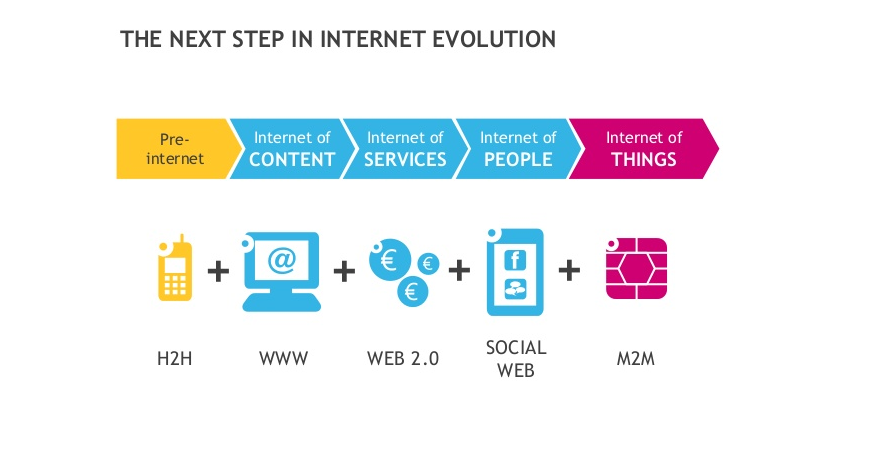How UI/UX Research Can Transform Your Product Development Key Benefits Explained

UI/UX research plays a crucial role in the development of successful products and services. It involves gathering insights about user behavior, preferences, and needs to inform the design process. By understanding users and their interactions with digital interfaces, UI/UX researchers can create intuitive and user-friendly experiences.
Usability testing is a key component of UI/UX research. It involves observing and analyzing how users interact with a product, identifying any issues or pain points they encounter. By conducting usability tests, researchers can identify areas of improvement and make data-driven design decisions.
The 5 Benefits of UI/UX Research & How it can Improve Your Products
UI/UX research is a fundamental aspect of creating successful and user-centered products. By employing user interface design research and user experience research methodology, businesses can reap numerous benefits and enhance their products in several ways.
Enhanced User Satisfaction: UI/UX research allows you to understand your users better, their preferences, and pain points. By incorporating their feedback and insights, you can create interfaces that cater to their needs, resulting in higher user satisfaction and engagement.
Improved Usability: Through user testing feedback, UI/UX research helps identify usability issues, such as navigation problems or confusing layouts. By addressing these issues, you can enhance the usability of your products, making them more intuitive and user-friendly.
Increased Conversion Rates: By employing UI/UX design principles derived from research insights, you can optimize your product's user flow and enhance the overall user experience. This, in turn, can lead to improved conversion rates as users find it easier to navigate and engage with your product.
Competitive Advantage: Investing in UI/UX research sets your products apart from competitors. By understanding your target audience and their needs, you can create unique and tailored experiences that differentiate your offerings in the market.
Cost Savings: Incorporating UI/UX research early in the design process helps identify potential issues and allows for iterative improvements. By addressing these issues early on, you can avoid costly redesigns or product failures in the later stages.
How to Incorporate UI/UX Research into Your Product Development Cycle
Incorporating UI/UX research into your product development cycle is crucial for creating user-centered and successful products. By following key principles and utilizing various UX research methods, you can ensure that user insights drive your design decisions throughout the process.
Start with User-Centered Design Theory: Embrace the principles of user-centered design, which emphasizes understanding and addressing user needs and preferences. Make user research a fundamental step in your product development cycle.
Conduct Initial User Research: Begin by gaining a deep understanding of your target audience. Conduct user interviews, surveys, and observations to gather insights about their behaviors, goals, and pain points. Create user personas that represent different user types to guide your design decisions.
Utilize UX Research Methods: Incorporate a range of UX research methods, such as usability testing, card sorting, and contextual inquiries, to gather qualitative and quantitative data. These methods help you understand how users interact with your product and identify areas for improvement.
Iterate and Prototype: Use the insights gained from UX research to iterate and refine your designs. Create wireframes and prototypes that reflect user feedback and preferences. Continuously test and refine your designs throughout the development cycle.
Validate and Iterate Again: Conduct usability tests and gather feedback on the prototypes to validate the effectiveness of your design solutions. Incorporate user feedback into the iterative process, making necessary adjustments to ensure a seamless user experience.
By incorporating UI/UX research into your product development cycle, you ensure that user needs and preferences are at the forefront of your design decisions. This iterative and user-centered approach leads to the creation of products that truly resonate with users and drive their satisfaction and engagement.
What are the Best Tools and Strategies for Analyzing User Feedback?
Analyzing user feedback is crucial for understanding user needs and improving the user experience (UX) of a product or service. By leveraging the right tools and strategies, businesses can gain valuable insights and make data-driven decisions. Here are some of the best tools and strategies for analyzing user feedback:
Feedback Analysis Tools: Utilize tools like UserTesting, Hotjar, and Usabilla to collect and analyze user feedback. These tools offer features such as sentiment analysis, user session recordings, and heatmaps to gain a deeper understanding of user behavior and sentiment.
User Feedback Analysis Techniques: Employ techniques like categorization and sentiment analysis to systematically analyze user feedback. Categorization involves grouping feedback into common themes or topics to identify recurring issues or patterns. Sentiment analysis helps gauge user sentiment, whether positive, negative, or neutral, to assess overall satisfaction levels.
Surveys and Questionnaires: Design well-structured surveys and questionnaires to gather specific feedback from users. Utilize tools like SurveyMonkey or Google Forms to collect quantitative and qualitative data, enabling you to measure satisfaction, identify pain points, and gather suggestions for improvement.
Analytics Tools to Measure UX Success: Use analytics tools such as Google Analytics, Mixpanel, or Kissmetrics to track user behavior and measure UX success metrics. Analyze metrics like conversion rates, bounce rates, and user engagement to gain insights into the effectiveness of your UX design and identify areas for optimization.
Collaborative Analysis: Foster collaboration within your team by involving designers, developers, and stakeholders in the analysis process. Conduct collaborative sessions to discuss and interpret user feedback, ensuring a holistic understanding and generating actionable insights.
Conclusion: UI/UX research plays a vital role in understanding customers, their needs, and creating exceptional user experiences. By applying UI/UX research techniques and principles, businesses can bridge the gap between themselves and their customers, leading to valuable insights and enhanced product development.
Related to this
Let's Discuss Your Project











